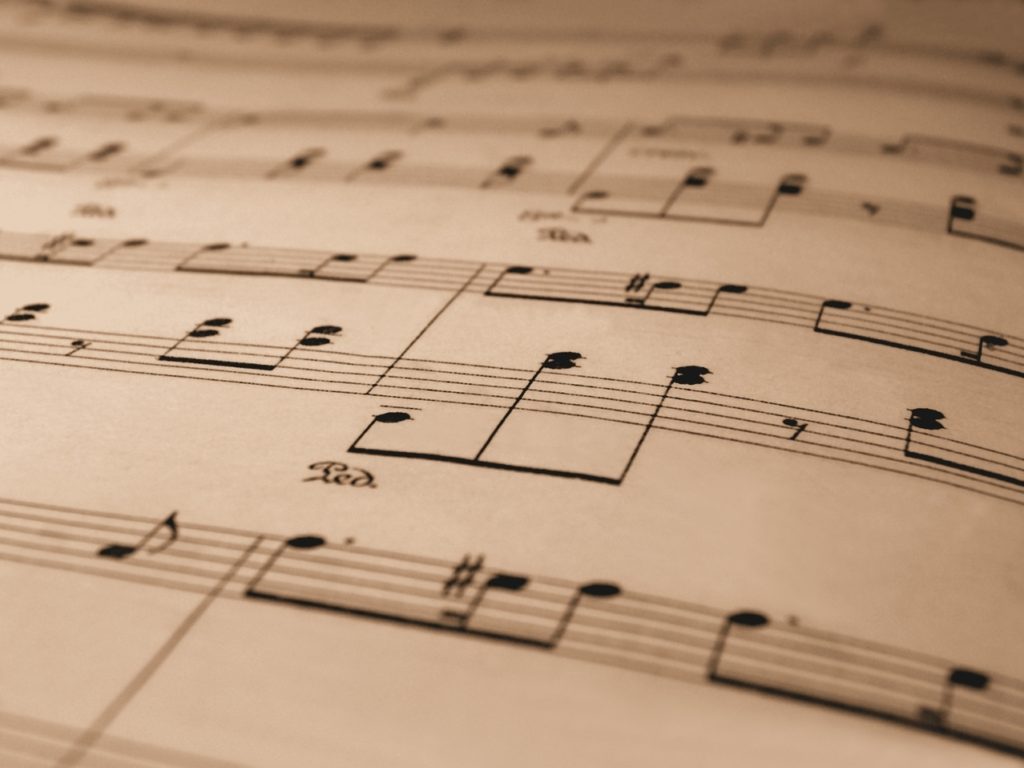There has been so much research done on music as autism therapy that I couldn’t possibly address the multitude of positive effects from it in one post. What I will do here is discuss the effects that I have seen with Neil, including increased verbal skills, better sensory integration, and calming influences.
According to the Autism Research Institute, “Autistic children have also made enormous strides in eliminating their monotonic speech by singing songs composed to match the rhythm, stress, flow and inflection of the sentence followed by a gradual fading of the musical cues.” In his early years, Neil watched a ton of Disney videos from which he learned to use echolalia as a means to communicate. These Disney videos also had songs that he would memorize that taught him rhythm and voice inflection, and from them he gradually gained the verbal skill of using his own words.
As he got older, Neil began to pay more attention to the music I listen to, which is a mix of classic rock, alternative, techno/dance, world, Celtic, and more. I noticed that the categories that feature harder, faster beats (some rock and techno) seemed to help with his sensory integration. He learned how to filter sounds that previously had caused him to go into sensory overload, like air hand driers in public restrooms and other loud, mechanical sounds. And now, he likes the music for its own sake; he rotates his favorite CDs on his own stereo (mostly movie soundtracks like Twister, Back to the Future, and Cars) and sings along.
I highly recommend playing music for an autistic child (and every child), not only as an effective therapeutic device, but also for the soothing value of it. Music adds to the quality of one’s environment and life in so many ways.
Image credit: Olga Abolinya


Pingback: Teen Autism » Blog Archive » Music for Thinking